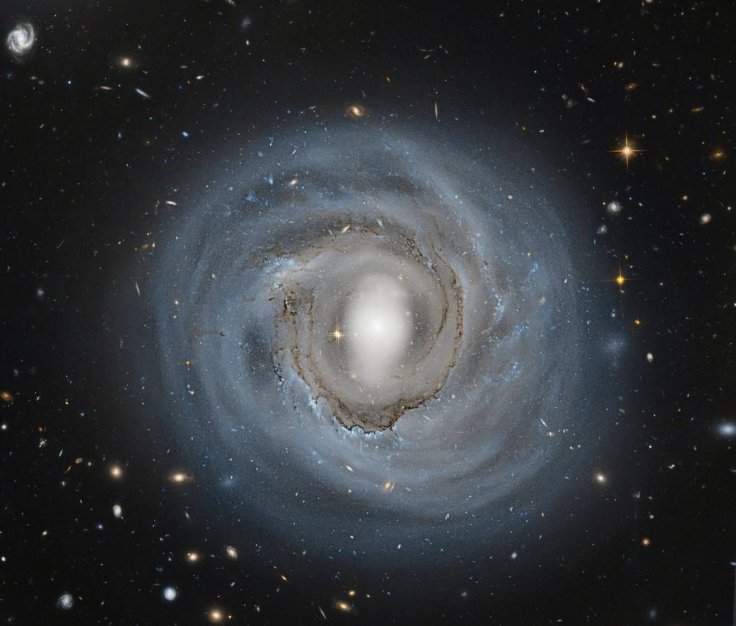
A team of researchers at the University of Toronto has successfully recorded a sonic boom emitted by an extremely strong cosmic explosion which remained unseen. Previously, this phenomenon was theorized 'orphan afterglow' and now, by recording this boom, the team of astronomers has finally detected it.
During the research, astronomers initially found an empty space, where a star 280 million light years away once situated. After the gigantic Gamma Ray Burst (GRB), the cosmic body turned into either a magnetar or a black hole. Even though no trace of its final explosive moments was found, this ghostly silence has made astronomers more excited about the phenomena. It should be noted that a Gamma Ray Burst is so powerful that it would release the same amount of energy which the sun generates over a period of 10 billion years.
"We compared images from old maps of the sky and found one radio source that was no longer visible today in the Very Large Array Sky Survey (VLASS). Looking at the radio source in other old data shows that it lived in a relatively nearby galaxy, and back in the 1990s, it was as luminous as the biggest explosions known gamma-ray bursts," said Casey Law, an astronomer at the University of California.
Bryan Gaensler from the University of Toronto also shared his excitement and revealed that this is for the first time anyone has been able to capture the sonic boom from an unseen GRB explosion. In addition, he said that the preceding explosion of the sonic boom was completely missing when viewed from earth.
"This is the first time anyone has been able to capture the sonic boom from an unseen GRB explosion. In the past, people have either seen the explosion and then seen the boom or on one or two occasions have seen the boom and then looked back and recovered the explosion after the fact. But here we have seen the boom, and yet the preceding explosion seems to be completely missing as viewed from Earth," said Gaensler.
The new discovery made by these astronomers is expected to bring about revolutionary changes in the studies of Gamma Ray Bursts. Experts believe that the detection of a sonic boom from an unseen cosmic explosion could provide more relevant details about the nature of Gamma Ray Bursts and the ways in which it gets emitted.









